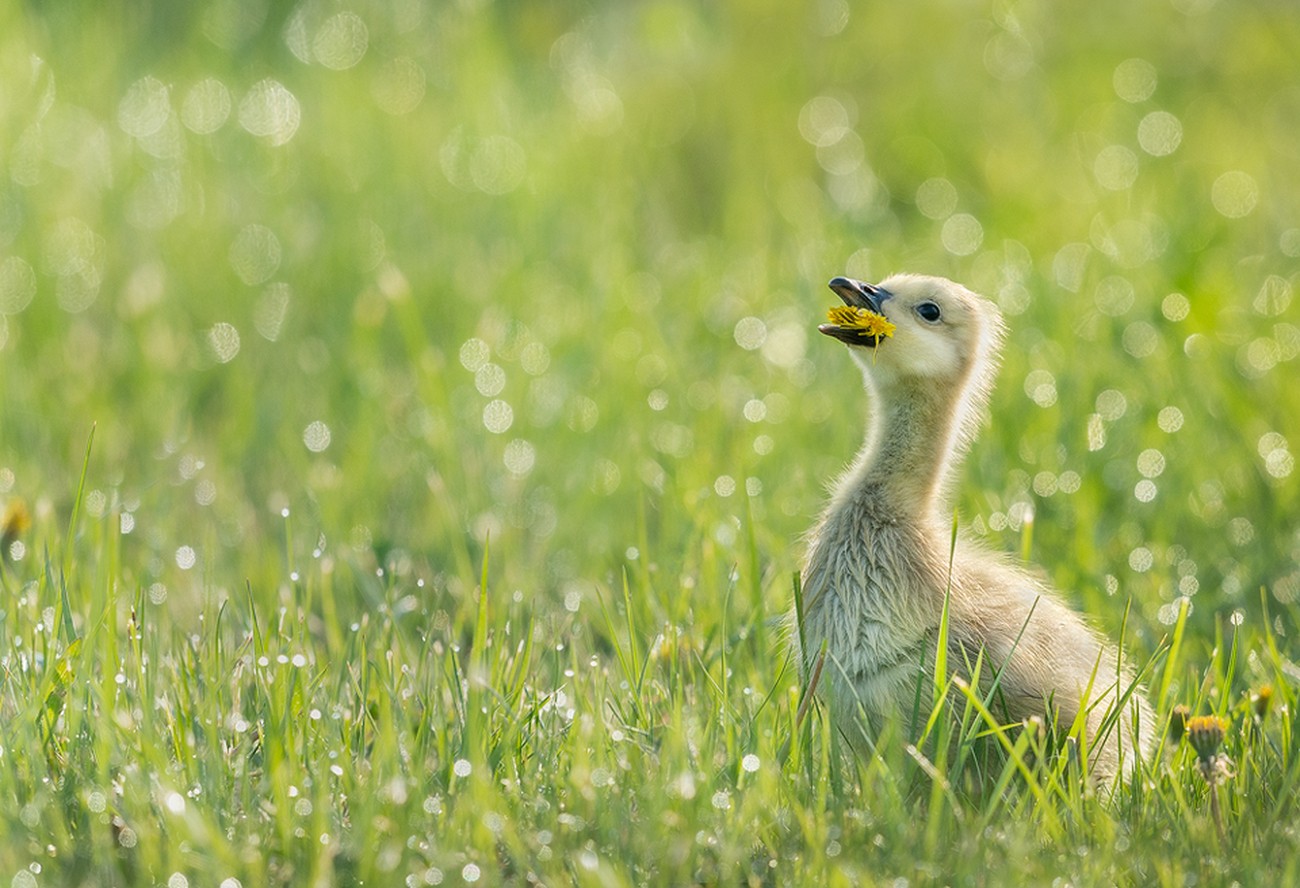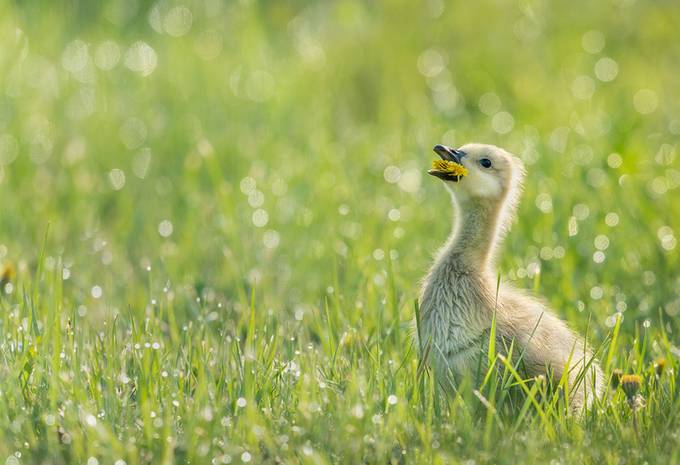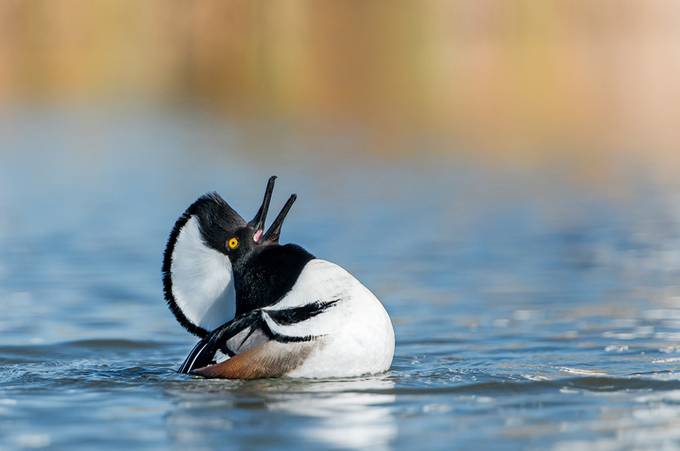Nathaniel Smalley is a professional nature photographer based in Phoenix, Arizona. Though he calls the American Southwest his home, he leads photography workshops, tours and expeditions to various international destinations as well. More than just another nature photographer, Nathaniel is a passionate conservationist. For him the natural world is a sanctuary where he captures images of the living world and shares them with those who love and appreciate nature as he does. Below enjoy his tips about bird photography.
Birds were my door into photography way back in high school. These days I rarely go anywhere for the sole purpose of watching birds, but that hobby helped shape my career as a professional nature photographer, and as a result birds will always hold a special place in my heart. I now carry a camera in place of my binoculars when out looking for avian subjects. So you might ask, what am I looking for when I photograph birds? Creating successful bird photographs requires one or more different elements in our composition. Obviously there are many that could be listed, but for the sake of simplicity I’ve limited it to 10 elements. In the caption of each photo in this article I have detailed the main elements from this list have been utilized in my photographs. They are as follows:
– Action | Behavior | Humor | Personality | Friendship | Light | Perspective | Habitat | Depth of Field | Nostalgia –
Despite popular opinion, bird photography isn’t all about having a big lens. While it can certainly help achieve certain images, there are many creative ways to photograph birds that certainly require more effort, but produce great results. This image of a Great Blue Heron in flight was taken with my 70-200mm zoom lens and a teleconverter making it effectively a 400mm lens. Capturing this image came down to being prepared for the bird as it flew in front of me, as opposed to having a piece of high powered glass.
Capturing fledglings in their natural element in great light can produce some really magical results. Below a baby Canada Goose is struggling to put down a large dandelion blossom. The early morning sun on the dew covered grass creates the perfect shooting conditions for an image like this. I got low to the ground on eye level with my subject to help put the size of the surroundings in perspective. Using a shallow depth of field helps to isolate the gosling from the habitat and draws the viewers attention directly to the subject.
With bird photography almost every image will have more impact if you can get on eye level with your subject. Sometimes photographers don’t put a lot of thought into the angle at which an image is taken, but considering the role it plays in creating a successful image it aught to get far more attention. People are instinctively drawn to an photo taken from an unusual angle. For the image below I had my tripod in the water and was laying down with the upper half of my body stretched out over the edge of the bank to operate the camera and capture this shot. Needless to say that is not a comfortable position to be in, but often capturing the best shot requires a bit of physical discomfort to achieve the desired results.
Shooting into a glowing sunset certainly has its challenges as images can easily end up over-exposed. Be sure to take care not to look through the viewfinder when shooting directly towards the sun, use the live view function on your camera if possible. You’ll notice that I’ve composed this image with the sun just to the left of the frame to allow me to shoot while looking through the viewfinder. When the sun is still above the horizon, sunrise and sunset can provide photographers lots of light to work with, and as a result you are able to shoot at faster shutter speeds and freeze motion or smaller apertures for greater depth of field. That is exactly what I’ve done here with this flock of Arctic Terns over the coast of Iceland. In the image below I have taken advantage of the extra light to shoot at f-14 giving me more depth of field in the image and showing more of the layers in the distant hills.
Nathaniel Smalley is a full time professional nature photographer based in Phoenix, Arizona. To read more and view his portfolio, please visit his website: www.





